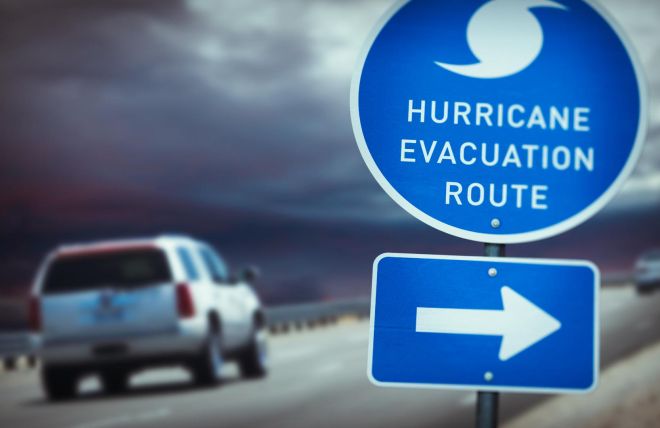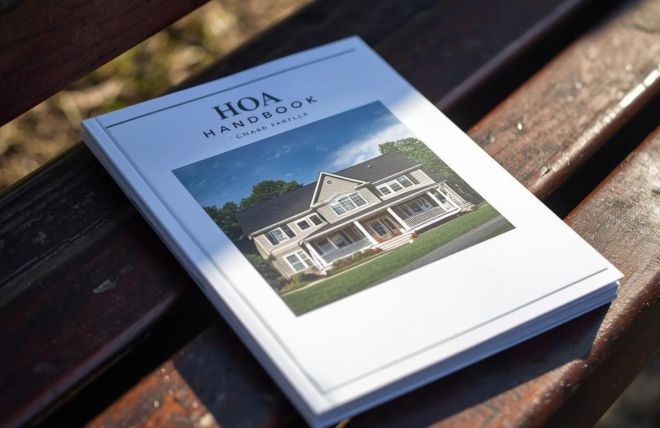Natural disasters can strike without warning, and their impacts can vary greatly depending on the type of event. For homeowners’ associations (HOAs), it’s crucial to have an adaptable emergency plan that prepares the community for a wide range of potential disasters. Whether facing tornadoes, floods, or other natural hazards, tailoring your HOA’s emergency plans to address specific risks can make all the difference in ensuring the safety and resilience of your community. Here’s how to adapt your emergency plans for comprehensive preparedness.
Assessing Community-Specific Risks
The first step in tailoring your emergency plans is to assess the specific risks that your community faces. Different regions are prone to different types of natural disasters, and understanding these risks is key to effective planning. For instance, communities located in Tornado Alley or other tornado-prone areas need to prioritize preparations for high winds and potential structural damage. This might involve identifying safe rooms within homes and community buildings, securing outdoor furniture, and ensuring there is a clear communication plan in place for when tornado warnings are issued.
In contrast, if your community is near rivers, lakes, or situated in low-lying areas, the risk of flooding might be more pressing. Flood risk assessment should involve evaluating the effectiveness of local drainage systems, making sure residents are aware of evacuation routes, and encouraging flood-proofing measures such as raising homes or installing sump pumps. Understanding these specific threats allows you to create a targeted and effective emergency response plan.
Tailoring Emergency Plans for Tornadoes
When preparing for tornadoes, focus on creating safe spaces and ensuring that your community has a reliable warning system. Here are key elements to include in your tornado-specific plan:
- Safe Areas: Identify and clearly mark safe areas within homes and community buildings where residents can take shelter during a tornado. Ideally, these should be basements or interior rooms on the lowest floor, away from windows.
- Warning Systems: Ensure that your community has an effective warning system in place, including weather radios, text alerts, and sirens. Make sure residents are familiar with these systems and know how to respond when a warning is issued.
- Post-Tornado Recovery: Have a plan for immediate post-tornado recovery, including search and rescue efforts, debris removal, and coordination with emergency services. It’s also essential to have a communication plan for checking on residents and providing updates on recovery efforts.
Tailoring Emergency Plans for Floods
Floods, with their potential to cause widespread damage, require a different set of preparedness strategies. Tailor your plan to include the following:
- Flood Response Plan: Develop a detailed flood response plan that includes steps for shutting off utilities, protecting important documents, and moving valuables to higher ground. Additionally, ensure that residents know how to stay safe during a flood, such as avoiding floodwaters and seeking higher ground immediately.
A Comprehensive Flood Plan Should Include the Following Key Elements:
1. Risk Assessment
- Identify Flood-Prone Areas: Determine which parts of your community are most vulnerable to flooding, such as homes near rivers, lakes, or low-lying areas.
- Evaluate Infrastructure: Assess the capacity of your community’s drainage systems, retention basins, and other infrastructure to manage heavy rainfall and flooding.
2. Evacuation Routes and Procedures
- Clearly Marked Evacuation Routes: Clearly mark and communicate evacuation routes to residents, especially in areas prone to rapid flooding. These routes should be regularly maintained and free of obstructions to ensure they remain passable during an emergency.
- Evacuation Plans: Develop and communicate evacuation procedures to all residents, including where they should go and how they will be informed about when to evacuate.
3. Flood-Proofing Measures
- Protective Barriers: Encourage residents to install flood barriers such as sandbags or floodgates around their homes, particularly in flood-prone areas.
- Water-Resistant Building Materials: Promote the use of water-resistant materials for new construction or renovations, such as concrete, brick, or specially treated wood.
- Landscaping for Flood Prevention: Implement landscaping practices that help absorb rainwater and reduce runoff, such as rain gardens or permeable paving.
4. Emergency Communication System
- Real-Time Alerts: Set up a system for sending real-time alerts via text, email, or social media to keep residents informed during a flood event.
- Designated Communication Channels: Designate specific channels for providing updates on flood conditions, evacuation orders, and recovery efforts.
5. Utility Management
- Shut-Off Procedures: Develop procedures for safely shutting off utilities such as electricity, gas, and water before a flood hits to prevent further damage or hazards.
- Backup Power Sources: Ensure that critical facilities, such as community centers or shelters, have access to backup generators or other power sources.
6. Emergency Supplies and Resources
- Community Stockpiles: Maintain a stockpile of emergency supplies such as sandbags, water pumps, first aid kits, and non-perishable food.
- Resident Emergency Kits: Encourage residents to prepare their own emergency kits with essentials like bottled water, flashlights, batteries, and important documents in waterproof containers.
7. Post-Flood Recovery Plan
- Damage Assessment Procedures: Establish a process for quickly assessing and documenting damage to community property and individual homes.
- Cleanup and Restoration: Plan for debris removal, water extraction, and mold prevention to start as soon as it is safe to do so.
- Insurance and Financial Recovery: Assist residents with filing insurance claims and accessing disaster relief funds if needed.
8. Education and Training
- Resident Education: Regularly inform and educate residents about flood risks and preparedness measures through meetings, newsletters, and online resources.
- Drills and Simulations: Conduct flood drills to ensure that residents and HOA staff know what to do in the event of a flood, including practicing evacuation routes and emergency communication protocols.
9. Collaboration with Local Authorities
- Coordination with Emergency Services: Establish a relationship with local emergency management agencies and first responders to ensure coordinated efforts during a flood event.
- Access to Real-Time Information: Work with local weather services and government agencies to access the latest flood forecasts and warnings.
Integrating Multi-Disaster Preparedness
Many communities face risks from multiple types of natural disasters, making it important to integrate multi-disaster preparedness into your emergency plans. This involves:
- Cross-Training: Train your community’s disaster response teams to handle various scenarios and ensure that emergency supplies are versatile enough to address different types of disasters. This ensures your HOA is ready for any situation, whether it’s a tornado, flood, or another type of natural disaster.
- Regular Drills and Training: Conduct regular drills that cover multiple disaster scenarios. This helps residents become familiar with the actions they need to take, regardless of the type of disaster, ensuring that your community is always prepared to respond swiftly and effectively.
Tailoring your HOA’s emergency plans to address specific risks from natural disasters like tornadoes and floods is crucial for comprehensive preparedness. By understanding the unique risks your community faces and adapting your emergency plans accordingly, you can protect your residents and help your community recover more quickly from any disaster. Regularly reviewing and updating these plans, along with ongoing education and engagement with residents, will ensure that your HOA remains resilient in the face of whatever challenges may come.
For more guidance on disaster preparedness, visit our Disaster Readiness for HOAs: How to Plan for the Unexpected guide, and learn how to strengthen community resilience with our post on Essential Steps for Community Resilience Before and After a Natural Disaster.
Sources
-
Federal Emergency Management Agency. (2024, March). Wildfire hazard information sheet. Ready.gov. https://www.ready.gov/sites/default/files/2024-03/ready.gov_wildfire_hazard-info-sheet.pdf
-
Federal Emergency Management Agency. (n.d.). Wildfire. FEMA. https://community.fema.gov/ProtectiveActions/s/article/Wildfire
-
Arrowsmith, L. (2023, August 7). Natural disaster statistics 2023. Forbes. https://www.forbes.com/advisor/homeowners-insurance/natural-disaster-statistics/
-
The Zebra. (2023). Natural disaster statistics for 2023. https://www.thezebra.com/resources/research/natural-disaster-statistics/
-
Specialty Fuel Services. (n.d.). Natural disaster statistics. https://specialtyfuelservices.com/natural-disaster-statistics/
-
Statista. (n.d.). Natural disasters. https://www.statista.com/topics/2155/natural-disasters/
-
National Weather Service. (n.d.). Hazardous weather statistics. https://www.weather.gov/hazstat/
-
Statista. (n.d.). Natural disasters. https://www.statista.com/topics/1714/natural-disasters/
-
Ritchie, H., & Roser, M. (2014). Natural disasters. Our World in Data. https://ourworldindata.org/natural-disasters
-
National Centers for Environmental Information. (n.d.). Billion-dollar weather and climate disasters: Summary stats. NOAA. https://www.ncei.noaa.gov/access/billions/summary-stats





